Last-Minute NYC Holiday Gift Guide 🎁
We’ve created a holiday gift guide with presents for the intrepid New Yorker that should arrive just in time—


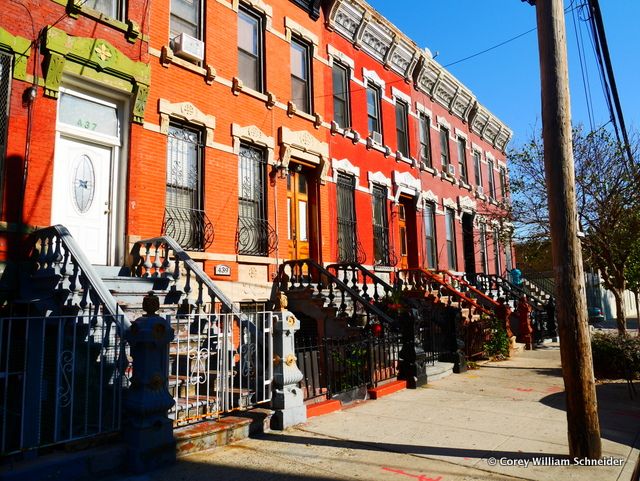
The South Bronx neighborhood Mott Haven, named after iron works owner Jordan Mott who purchased the land in 1849, has been home to a range of industries throughout the 19th and 20th centuries including metal works, stone yards, and even pianos. While these manufacturing buildings and facilities are no longer in operation, many historic buildings and infrastructure projects still exist if you know where to look:
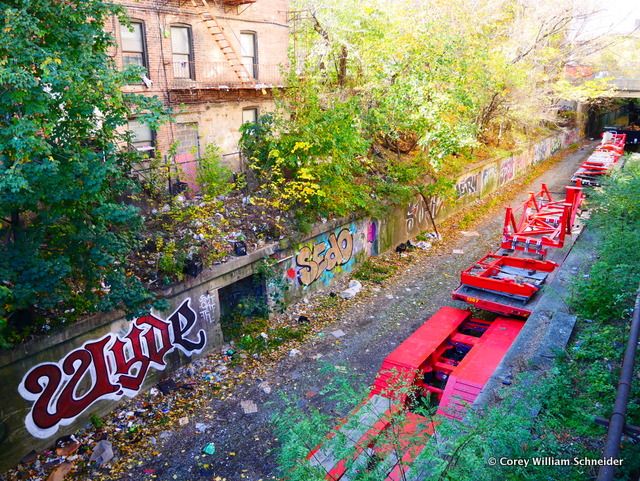
Located from East 163rd Street to East 141st Street by the waterfront (picture taken from Southern Blvd near 142nd Street), the abandoned South Bronx Rail Line’s next life is a current topic of debate, with Bronx Borough President Ruben Diaz Jr. arguing that the site should be turned into a new “lowline” park. Since this strip of vacant land won’t be redeveloped anytime soon, you’ll have plenty of time to visit this 20 block stretch filled with fantastic graffiti, and not so fantastic trash.
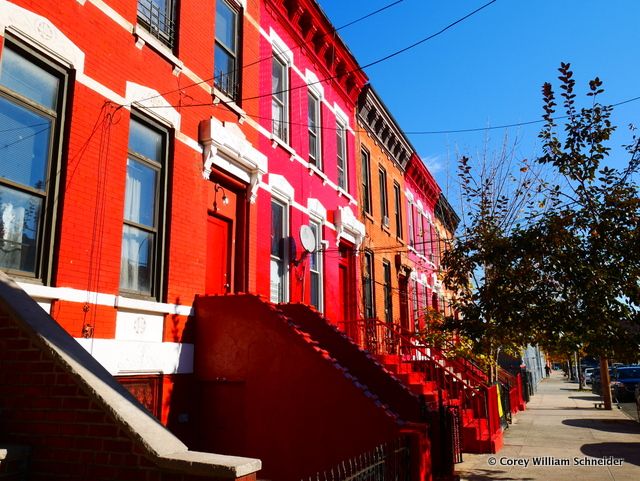
Located on East 139th and East 140th between Willis and Brooks Avenues, these sets of William O’Gorman & William rowhouses date back to 1877, making them one of the oldest rowhouse developments in the Bronx. Many of the houses have a range of architectural styles including Dutch/Flemish pediments.
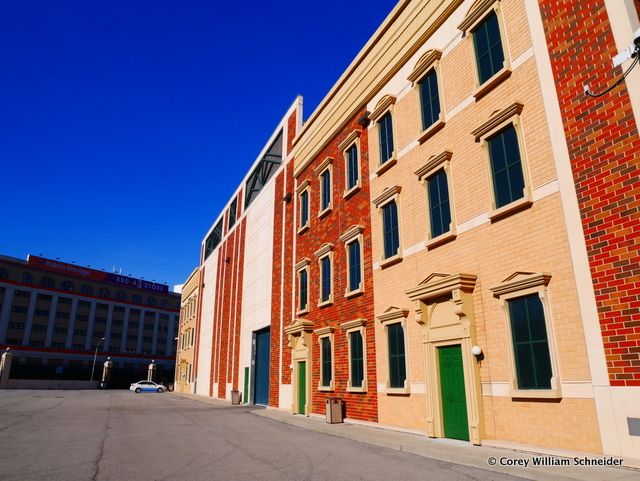
Located at 380 Southern Blvd (and boardered by Brucker Avenue and 144th Street), the Mott Haven Substation, operated by Con Edison, is easily mistaken as a gated townhouse community by locals and passersby alike. The aesthetically pleasing concealment of this enormous four story, 125,000 square foot facility, earned it the “Best Manufacturing Facility” title by the Precast / Prestressed Concrete Institute Northeast Covering New England and New York.
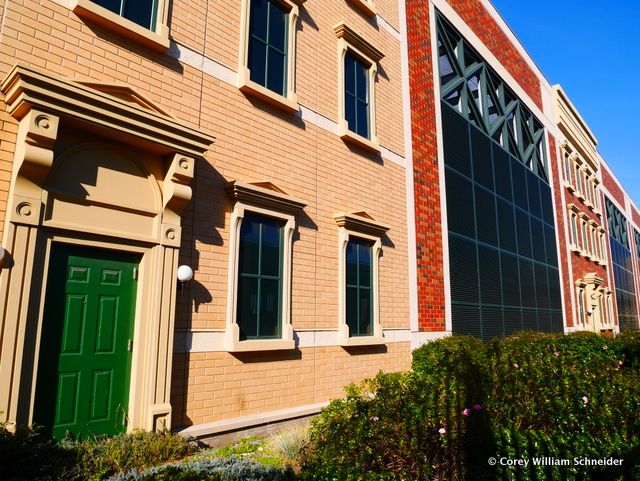
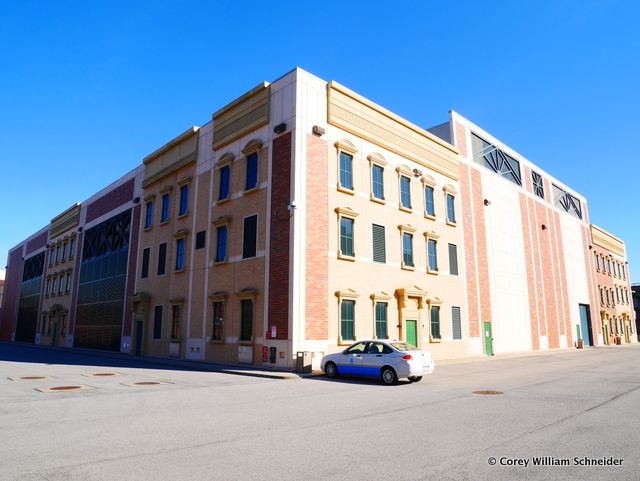
Check out other similar fake townhouses in New York City, Paris and London.
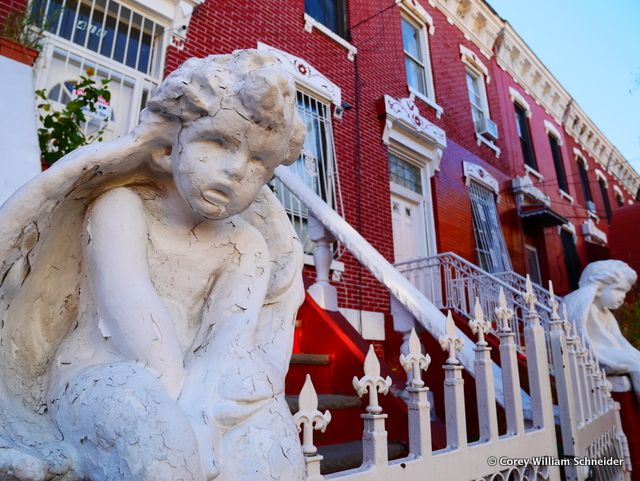
Located on the south side of East 142nd between Willis and Brooks Avenues, these 42 neo-Grec rowhouses designed by William O’Gorman date back to 1897. While they were originally built of brick with stone ornaments, many are now an array of bright and bold colors.
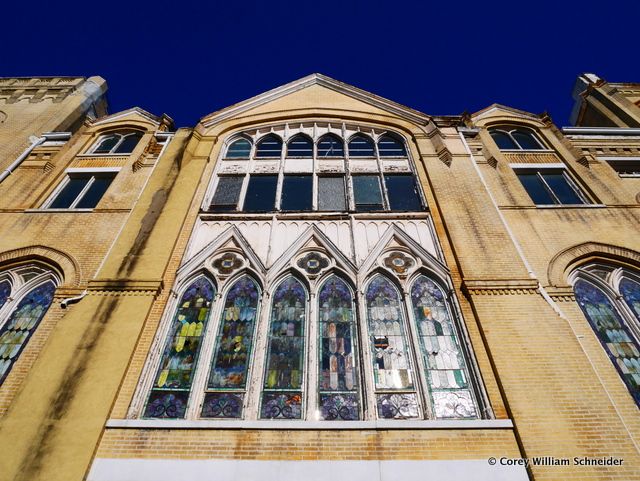
Located on the corner of 141st Street and Willis Avenue, United Methodist Church, originally called Willis Avenue Methodist Episcopal Church, was built in 1900 by George W. Kramer. This 100+ year old Gothic Revial church still boasts impressive colored stained glass, so don’t forget to look up!
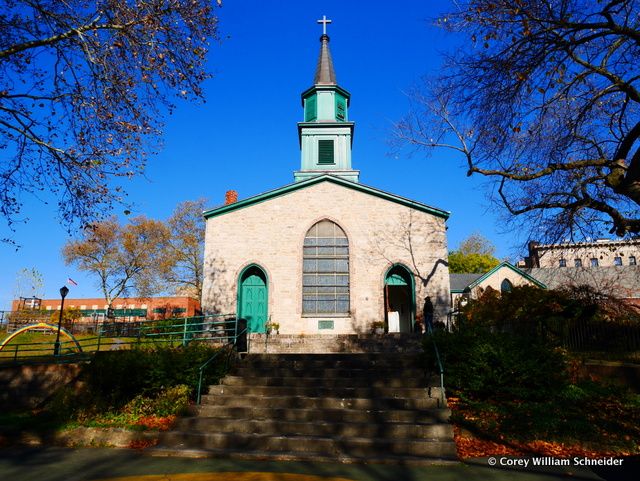
Located at 295 St. Ann’s Avenue, St. Ann’s Church and Graveyard was constructed in 1840 by Gouverneur Morris, Jr. as a family memorial on his rural estate (before Jordan Haven purchased the land in 1849). As the oldest church still standing in the Bronx, it contains many of the Morris family members including Gouverneur Morris, Sr., Judge Lewis Morris (first Governor of New Jersey), and Major General Lewis Morris (member of the Continental Congress and signer of the Declaration of Independence).
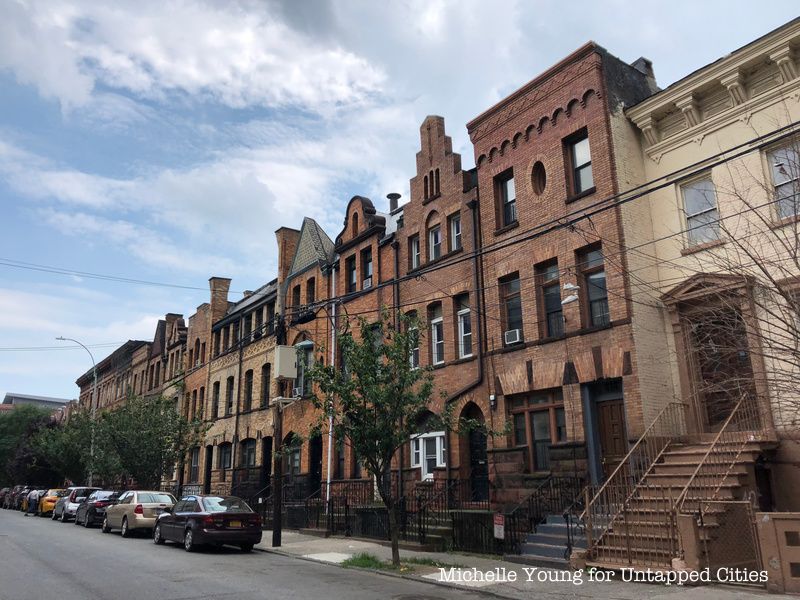
The Bertine Block Historic District is one of the smallest historic districts in New York City, consisting of 31 houses all built between 1877 and 1899. With four groups of row houses and two tenement houses in the mix, numerous architectural styles are represented. In addition to Queen Anne-style, there are buildings in Romanesque Revival, Renaissance Revival, neo-Grec, which according to LPC, reflect the styles prevalent inNew York City’s residential architecture in the last three decades of the 19th century.
The historic district is named after Edward Bertine, a speculative real estate developer responsible for three of the rows. The LPC makes a final note of the varied ethnic and national backgrounds amongst the residents of the historic district in the past and present.
Next, check out 10 of the smallest historic districts in NYC. Corey William Schneider is the founder of New York Adventure Club – a community driven club that curates unique tours and events with a focus in history and storytelling.
Subscribe to our newsletter